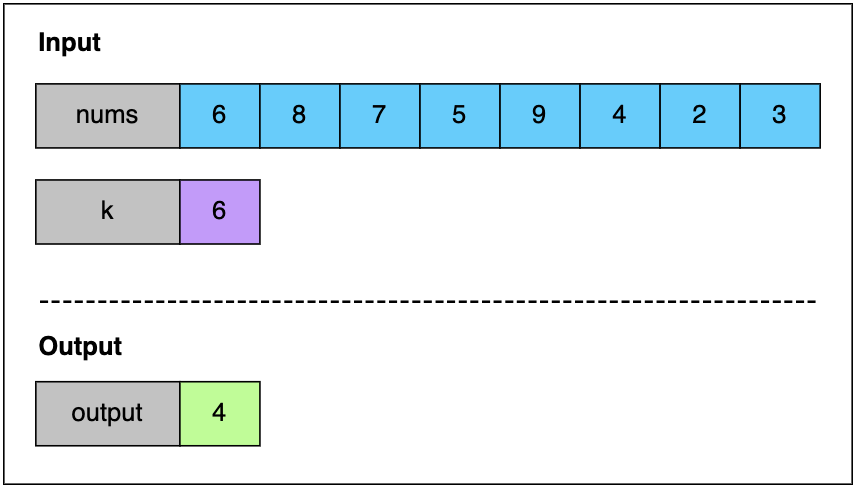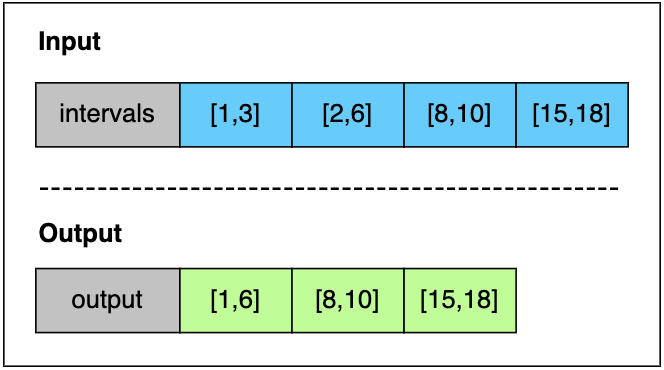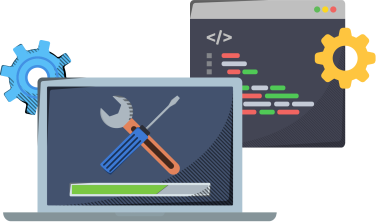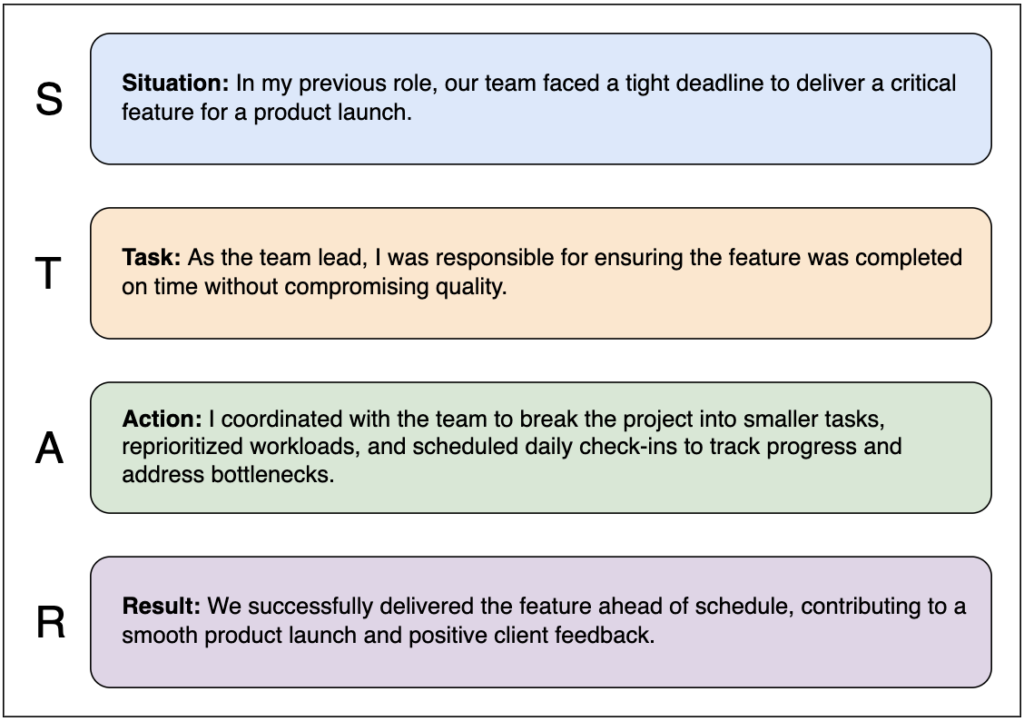GitHub is a leading developer platform widely used for version control, collaboration, and open-source contributions. If you’re interviewing for a position at GitHub, you should be prepared for a mix of technical, system design, and behavioral questions. This blog will guide you through each category and help you prepare for your interview.
Let’s get started!
Technical interview questions
The technical interview at GitHub will assess your coding skills, problem-solving abilities, and familiarity with algorithms and data structures. These technical interviews become much easier when you practice coding questions extensively and recognize the coding patterns used to approach them. A great way to prepare is by studying structured problem-solving approaches, such as those covered in the Grokking the Coding Interview Patterns course.
Below are some common coding questions you might encounter:
1. Kth largest element in an array
Problem statement: Given an unsorted integer array nums and an integer k, return the \k\( ^{th} \) largest element in the array. We need to find the k\( ^{th} \) largest element in the sorted order, not the k\( ^{th} \) distinct element.
Example:

Solution:
One of the optimal solutions is to use a min heap of size k. First, we insert the first k elements into the heap. Then, for each remaining element in the array, we compare it with the heap’s smallest element (the root). If the current element is larger, we replace the root and re-heapify. This ensures that the heap always contains the k largest elements, with the smallest at the root. Finally, the root of the heap gives us the k\( ^{th} \) largest element.
Solution code:
Kth largest element in an array
Complexity analysis:
- Time complexity: The approach runs in \( O(n \log k) \) time, making it efficient for large inputs.
- Space complexity: As the heap stores only the
klargest elements at any given time, the extra space used is \( O(k) \).
2. Merge intervals
Problem statement: Given an array of intervals representing each interval as [starti, endi], merge all overlapping intervals and return a new array containing the non-overlapping intervals that fully cover the original set of intervals.
Example:

Solution:
One of the optimal solutions is to first sort the intervals based on their starting points. Then, we iterate through the sorted list, maintaining a merged list. If each interval overlaps with the last interval in the merged list (i.e., its start is within the last interval’s range), we merge them by updating the end time to the maximum of both intervals. Otherwise, we simply add the interval to the merged list. This ensures all overlapping intervals are combined while keeping non-overlapping ones separate.
Solution code:
Merge intervals
Complexity analysis:
- Time complexity: The sorting step takes \( O(n \log n) \) time, and the merging step runs in \( O(n) \), where \( n \) is the number of intervals.
- Space complexity: The space complexity of this solution is \( O(n) \).
More GitHub coding interview questions
Let’s look at some more example coding questions to help you prepare for your technical interview at GitHub.
Top k frequent elements
Problem statement: Given an integer array, nums, and an integer k, return the k elements that appear most frequently. The order of the output does not matter.
Example:
nums= [1,1,1,2,2,3]k= 2- Output: [1,2]
Solution:
One of the optimal solutions is to first count the frequency of each element using a hash map. Then, we use a min heap of size k to track the top k frequent elements. As we iterate through the frequency map, we push each element into the heap, and if the heap size exceeds k, we remove the least frequent element. This ensures that the heap contains the k most frequent elements by the end. Finally, we extract the elements from the heap and return them. The approach runs in \( O(n \log k) \) time using the heap, making it efficient for large inputs.
Clone graph
Problem statement: Given a reference to a node in a connected, undirected graph, return a deep copy of the entire graph.
Example:
adjacencyList= [[2,4],[1,3],[2,4],[1,3]]- Output: [[2,4],[1,3],[2,4],[1,3]]
Solution:
To solve this problem, we use depth-first search (DFS) or breadth-first search (BFS) to traverse the graph and create copies of each node while maintaining their connections. We use a hash map to store already-cloned nodes, preventing cycles and redundant work. Starting from the given node, we recursively (DFS) or iteratively (BFS) clone its neighbors, ensuring that each node is only cloned once. This approach ensures all nodes and edges are correctly duplicated while preserving the original structure. The algorithm runs in \( O(n + e) \) time, where nnn is the number of nodes and eee is the number of edges.
LRU cache
Problem statement: Design a data structure that implements a least recently used (LRU) cache while adhering to its constraints.
Implement the LRUCache class with the following methods:
LRUCache(int capacity): Initializes the cache with a given positive capacity.int get(int key): Retrieves the value associated with the key if it exists; otherwise, returns-1.void put(int key, int value): Updates the value if the key already exists. Otherwise, inserts a new key-value pair into the cache. The least recently used key is removed if adding a new pair exceeds the cache’s capacity.
Both get and put operations must execute in \( O(1) \) average time complexity.
Example:
- Input: [“LRUCache”, “put”, “put”, “get”, “put”, “get”, “put”, “get”, “get”, “get”]
[[2], [1, 1], [2, 2], [1], [3, 3], [2], [4, 4], [1], [3], [4]] - Output: [null, null, null, 1, null, -1, null, -1, 3, 4]
Solution:
To implement an LRU (Least recently used) cache, we use a hash map for \( O(1) \) lookups and a doubly linked list to maintain the order of access. The most recently used item is kept at the front, while the least recently used item is at the back. When accessing a key, we move it to the front. When adding a new key, we remove the least recently used item from the back if the cache exceeds capacity. This approach ensures that both get() and put() operations run in \( O(1) \) time, making it highly efficient.
System design interview questions
GitHub system design interviews evaluate your ability to design scalable, efficient, and distributed systems. You must demonstrate architecture knowledge, trade-offs, and best practices. The questions in GitHub’s system design interview become easier to tackle when you understand common system design principles and practice designing real-world systems. The “Grokking the System Design Interview” course is a great resource to build this expertise.

Below are examples of system design questions.
1. Design a GitHub repository hosting system
Problem: Build a system that allows users to store, retrieve, and manage repositories efficiently.
Key features:
- Repository creation, cloning, and deletion.
- Efficient storage and indexing of repositories.
- Support for private and public repositories.
Design highlights:
- Use distributed storage (e.g., S3, Ceph) for scalability.
- Implement sharding and replication for data integrity.
- Use a NoSQL database for metadata management.
2. Design a GitHub pull request system
Problem: Architect a scalable system to manage pull requests efficiently.
Key features:
- Real-time collaboration on code changes.
- Code review and approval workflow.
- Merge conflict detection.
Design highlights:
- Use WebSockets for real-time updates.
- Implement role-based access control (RBAC).
- Use a queue system for processing large PR merges.
3. Design a load balancer
Problem: Build a system that distributes incoming network traffic across multiple servers.
Key Features:
- Load distribution based on requests per second (RPS).
- Health checks to detect failed servers.
- Support for horizontal scaling.
Design Highlights:
- Use Round Robin or Least Connections for load balancing.
- Deploy NGINX, HAProxy, or cloud-based balancers.
- Implement consistent hashing for better distribution.
4. Design a global messaging system (e.g., WhatsApp)
Problem: Build a system to handle real-time messaging across millions of users.
Key Features:
- One-to-one and group messaging.
- Read receipts and delivery acknowledgments.
- Message storage and retrieval.
Design Highlights:
- Use WebSockets for real-time communication.
- Implement event-driven architecture using Kafka.
- Use sharded databases for scalability.
5. Design YouTube
Problem: Architect a scalable video streaming service.
Key Features:
- Video upload, transcoding, and playback.
- Content delivery with minimal latency.
- Handling millions of concurrent users.
Design Highlights:
- Use CDNs (Content delivery networks) for fast streaming.
- Implement HLS/DASH protocols for adaptive bitrate streaming.
- Store metadata in NoSQL databases (e.g., Bigtable, DynamoDB).
Behavioral interview questions
GitHub’s culture values collaboration, problem-solving, and adaptability. Expect behavioral questions that assess how you work with teams and handle challenges. The behavioral interview typically involves questions framed around the STAR (situation, task, action, result) method, allowing interviewers to gauge how candidates handle challenges, collaborate with others, and maintain composure under pressure. For example, when asked, “Describe a situation where you faced a major challenge at work and how you overcame it. What was your thought process and the outcome?” a candidate might respond:

Now, let’s look at some commonly asked behavioral questions that will help you prepare better for your interview:
1. Describe a time you delivered under tight deadlines or resource constraints.
Example answer:
I worked on a project with only two weeks to deliver a critical feature. We prioritized tasks using Agile sprints, streamlined code reviews, and optimized testing. Despite limited resources, we delivered on time, and the feature improved user engagement by 30%.
2. Tell us about a feature or tool you developed that improved user experience or system performance.
Example answer:
I developed a caching mechanism that reduced API response time by 40%. The challenge was ensuring data consistency while improving performance. Implementing cache invalidation strategies balanced speed and accuracy, creating a smoother user experience.
3. Describe a project where shifting requirements or team dynamics required you to adapt.
Example answer:
During a project, the requirements changed midway, requiring an architectural shift. I collaborated with stakeholders, reassessed priorities, and implemented a modular design. This approach kept us on track, and the final product was more scalable.
4. Share a time you identified and solved a recurring inefficiency.
Example answer:
I noticed frequent deployment failures due to inconsistent configurations. I introduced automated CI/CD checks, which reduced deployment errors by 50% and improved developer efficiency.
5. Tell us about a time constructive feedback changed your approach.
Example answer:
A senior engineer pointed out that my code lacked proper documentation. Initially, I focused only on functionality but adopted better documentation practices, making my code more maintainable and accessible for the team.
6. Describe a project where cross-team collaboration was essential.
Example answer:
I worked on a project requiring coordination between engineering, design, and product teams. To ensure alignment, I facilitated regular stand-ups and documentation sharing. This improved communication led to a seamless product launch.
Refine your skills with AI-powered mock interviews
To boost your chances of success, practice with AI-driven mock interview platforms. These platforms provide realistic coding, system design, and behavioral interview simulations, offering instant feedback to improve your performance.
Recommended resources
- Grokking the Low-Level Design Interview Using OOD Principles: A battle-tested guide to Object Oriented Design Interviews – developed by FAANG engineers. Master OOD fundamentals & practice real-world interview questions.
- Grokking the Product Architecture Design Interview: The essential guide to API Design & Product Design Interviews – developed by FAANG engineers. Master product design fundamentals & get hands-on with real-world APIs.
- Grokking the Coding Interview Patterns: Master 26 essential coding patterns to solve thousands of LeetCode-style questions. Efficiently prepare for coding interviews with the ultimate course created by FAANG engineers.
- Grokking the Modern System Design Interview: The ultimate guide to the System Design Interview – developed by FAANG engineers. Master distributed system fundamentals, and practice with real-world interview questions & mock interviews.
- Grokking the Behavioral Interview: Whether you’re a software engineer, product manager, or engineering manager, this course will give you the tools to thoroughly prepare for behavioral and cultural questions. But beyond even technical roles, this would be useful for anyone, in any profession.
Conclusion
Preparing for a GitHub interview requires a strategic approach covering technical, system design, and behavioral aspects. Focus on data structures, algorithms, scalability principles, and leadership qualities to stand out. Use structured resources like Educative, LeetCode, and AI-driven mock interviews to refine your skills. With dedication and consistent practice, you can confidently approach your GitHub interview and increase your chances of success. Best of luck on your journey to joining GitHub!
